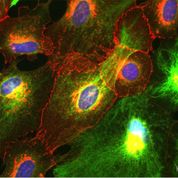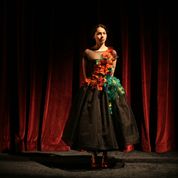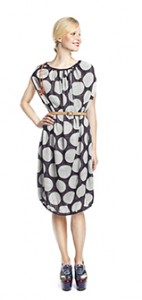Well this is the last posting in what has been an experimental week for me and I’m ending it with Joi Ito’s talk. Here’s more about Ito from his TED biography,
Joichi “Joi” Ito is one of those names threaded through the history of the Internet. From his days kickstarting Internet culture in Japan at Digital Garage, his restless curiosity led him to be an early-stage investor in Twitter, Six Apart, Wikia, Flickr, Last.fm, Kickstarter and other Internet companies, and to serve on countless boards and advisory committees around digital culture and Internet freedom.
He leads the legendary MIT Media Lab as it heads toward its third decade, and is working on a book with Jeff Howe about nine principles for navigating whatever the changing culture throws at us next. As he told Wired, “The amount of money and the amount of permission that you need to create an idea has decreased dramatically.” So: aim for resilience, not strength; seek risk, not safety. The book is meant to be a compass for a world without maps.
Ito (a self-described three-time college dropout) talked about his experience of co-founding SAFECAST in response to the 2011 earthquake and Fukushima nuclear accident in Japan as he made the case for making, manufacturing, and innovating in a frictionless fashion without having to write up big business plans and expending energy on attracting investment money. He emphasized a ‘can do’ approach for now and for the future and the importance of learning over education.
That’s it for me. It’s been an exhausting and stimulating week and I thank the TED organizers for the access to their event livestream.
Some final thoughts, this event could be have been held anywhere despite attempts at the beginning of TED 2014 to mention Canada and those fell to the wayside fairly shortly. Overall, the efforts to acknowledge Canada were both clumsy and ultimately inadequate if what they were trying to do was give the participants a sense of being on foreign (to the TED main event) soil for the first time in its history.
One of the problems of course is the organizers’ dedication to producing ‘wow’ moments such as Edward Snowden’s attendance via a telepresent robot. It was a stunning moment and, even remotely, I felt a frisson of excitement. Inevitably, the conversation became much more US-centric and I noticed speakers scheduled for subsequent days were very much grounded in their US reality. The problem was the sheer number of those speakers coming after Snowden (whose impact was huge) and then there was NSA (US National Security Agency) response.
It’s an interesting problem, How do you orchestrate a ‘wow’ moment without having it overshadow everything that comes after? And in this case, how do you mitigate the US-centric impact (assuming you want to) on an event which is being held on foreign soil?
I hope the organizers can find a way to better integrate the event with its surroundings, not the physical surrounding but the social and the cultural. In any event, I look forward (onward?) to next year and I wish the organizers all the best. One final comment, the organizers pulled off some extraordinary juxtapositions of speakers and ideas.


